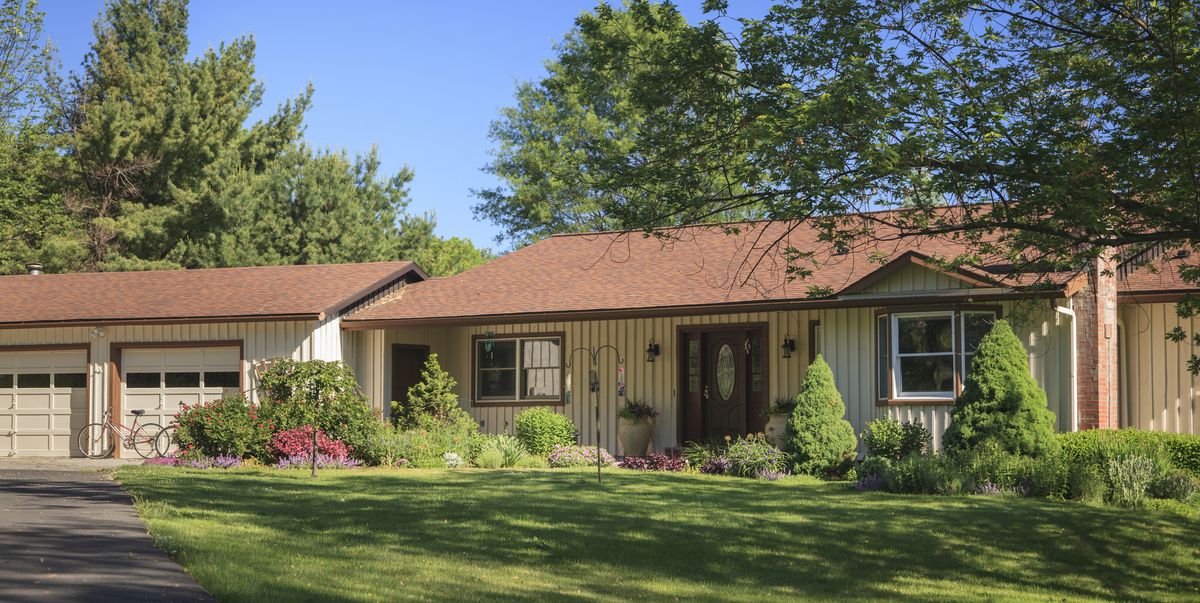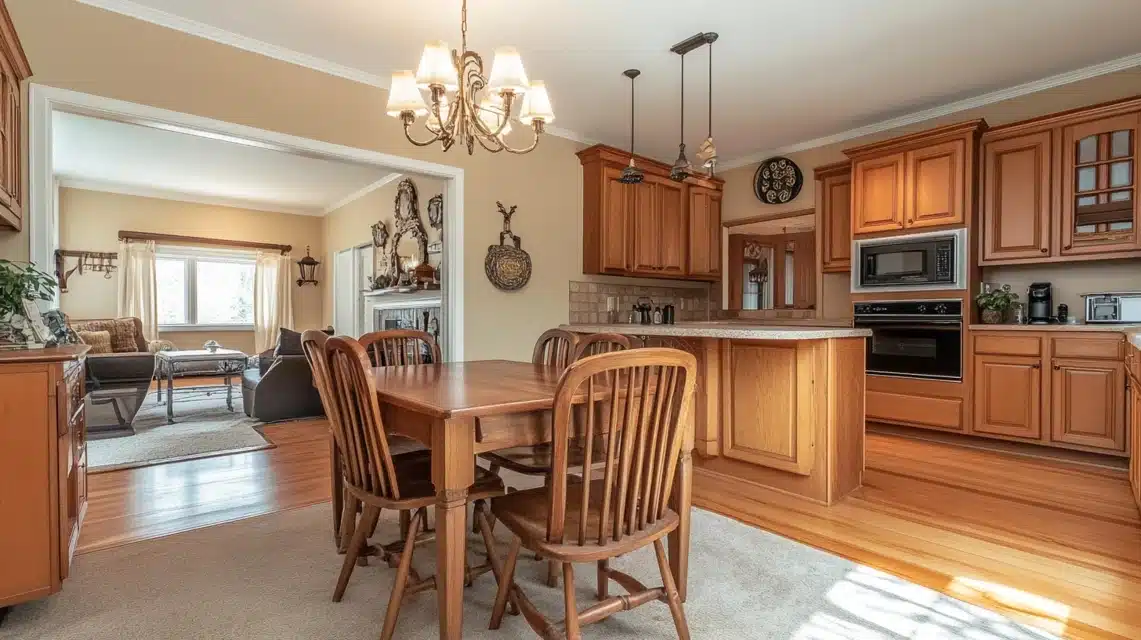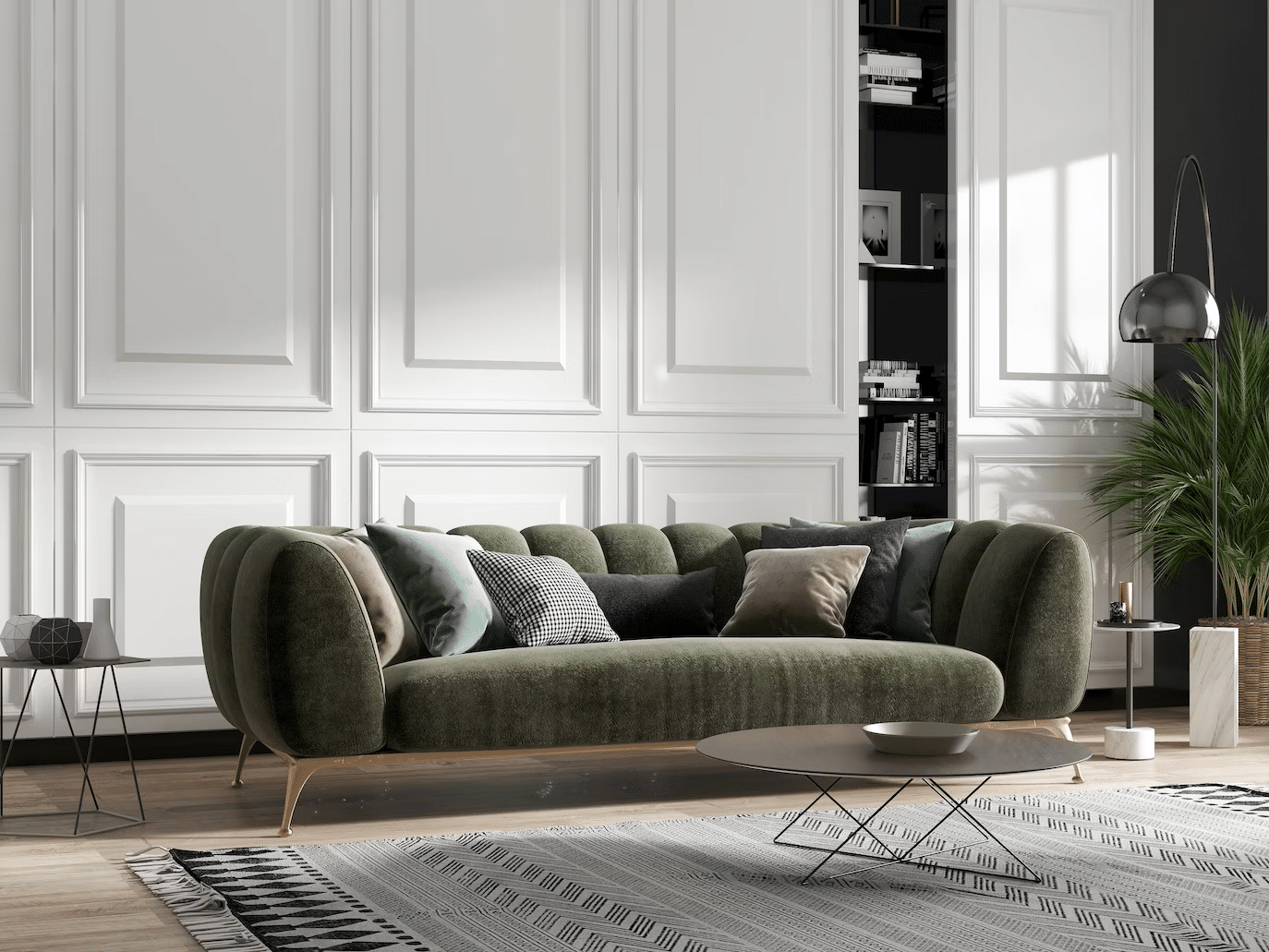Key Elements of Authentic Ranch Architecture
Ranch-style homes, emblematic of American residential architecture, embody a unique blend of practicality, simplicity, and integration with the surrounding landscape. Originating in the 1920s, this architectural style draws inspiration from the Spanish colonial architecture of the 19th century, adapting its features for a modern, post-war America.
Over the decades, ranch homes have evolved, but their core elements remain rooted in simplicity, openness, and a profound connection to the land. This blog delves into the key elements of authentic ranch architecture, shedding light on what makes this style distinct and enduringly popular.
1. Single-Story Layout
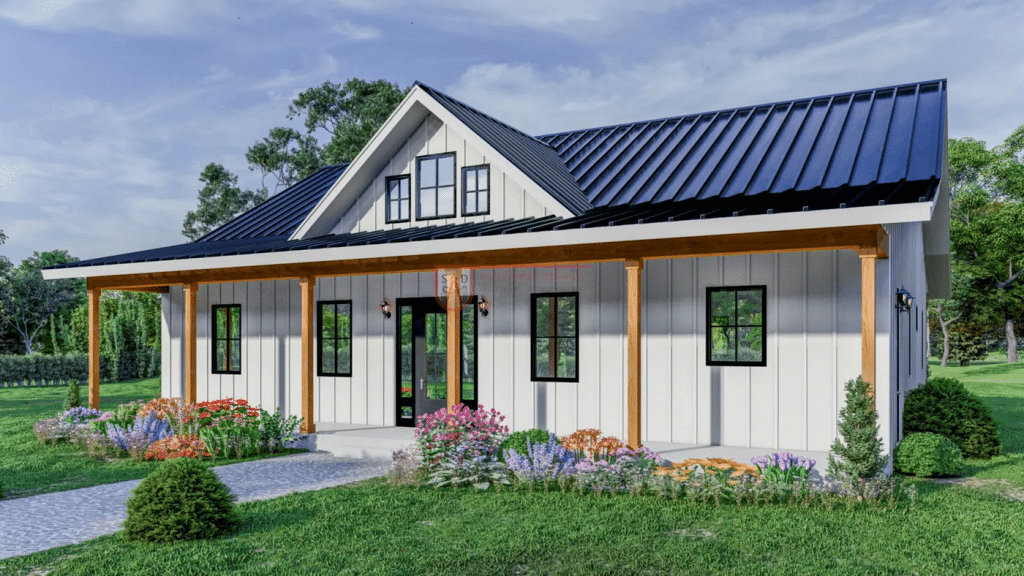
The single-story structure also facilitates a seamless flow between indoor and outdoor spaces, a hallmark of ranch living. This accessibility and openness make the ranch style appealing to those seeking a casual, comfortable lifestyle.
2. Long, Low-Pitched Roofline
Ranch homes are instantly recognizable by their long, low-pitched rooflines, often extending to create a comprehensive, horizontal profile that blends with the landscape.
This feature contributes to the aesthetic appeal of ranch homes, making them appear grounded and integrated with their surroundings and serving practical purposes. The extended eaves offer shade and protection from the elements, enhancing the home’s energy efficiency and comfort.
3. Open Floor Plan
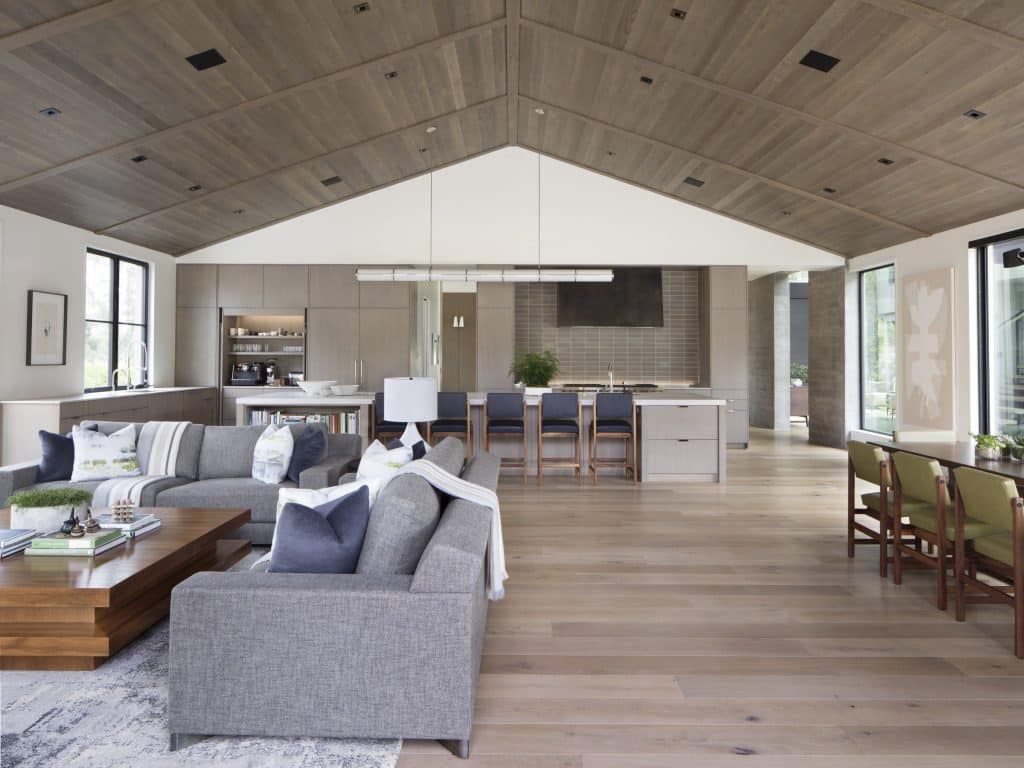
This openness facilitates social interaction and a sense of spaciousness, making the ranch home ideal for families and entertainers alike. The open floor plan also allows for ample natural light, further blurring the lines between indoor and outdoor living.
4. Emphasis on Horizontal Lines
Ranch-style homes emphasize horizontal lines in their low, sprawling layout and in design details such as expansive windows, long brick or stone facades, and broad, inviting patios.
This horizontal emphasis complements the natural landscape, encouraging the eye to travel across the horizon. It also reinforces the style’s overarching themes of simplicity and accessibility, making ranch homes appear unassuming and expansive.
5. Connection to the Outdoors
A key element of authentic ranch architecture is its strong connection to the outdoors. This is achieved through features like large windows, sliding glass doors, and patios that extend the living space into the backyard or garden.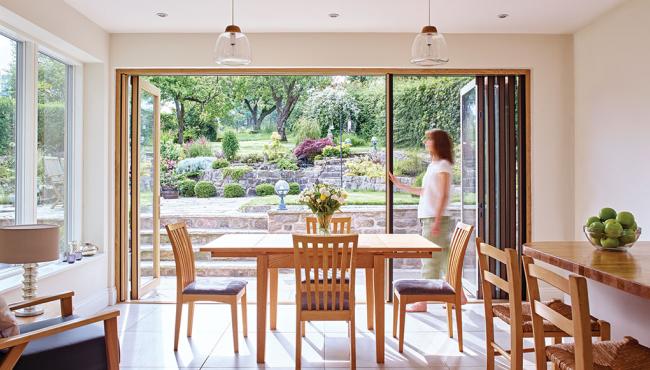
Ranch homes are designed to offer views of the surrounding landscape and facilitate easy indoor-outdoor living. This connection to the outdoors is more than aesthetic; it reflects a lifestyle deeply rooted in nature and leisure.
6. Minimalist Aesthetic
True to its roots in simplicity and functionality, ranch architecture adopts a minimalist aesthetic. Decorative details are used sparingly, if at all, with the focus instead on clean lines, natural materials, and uncluttered spaces.
This minimalism extends to the home’s interior, where ornamentation precedes functional design and quality craftsmanship. The result is a timeless, serene, and genuinely comfortable home.
7. Integration with the Landscape
Finally, authentic ranch homes are designed to integrate with their specific landscape. Whether in the suburbs, the countryside, or the desert, ranch homes are often customized to blend with their environment.
This might mean using local stone for facades in rocky regions, adopting drought-tolerant landscaping in arid areas, or incorporating wood and natural fibers in forested settings. This thoughtful integration underscores the ranch style’s deep respect for nature and adaptability to different environments.
Conclusion
Ranch architecture, emphasizing simplicity, openness, and harmony with the land, offers a timeless appeal that resonates with many homeowners. Its key elements—single-story living, low-pitched roofs, open floor plans, and a solid indoor-outdoor connection—reflect a lifestyle that values comfort, accessibility, and a deep engagement with the natural world.
As we continue to explore and appreciate various architectural styles, the authentic ranch home stands out for its ability to adapt, its understated elegance, and its embodiment of an inherently American spirit of ease and openness.

